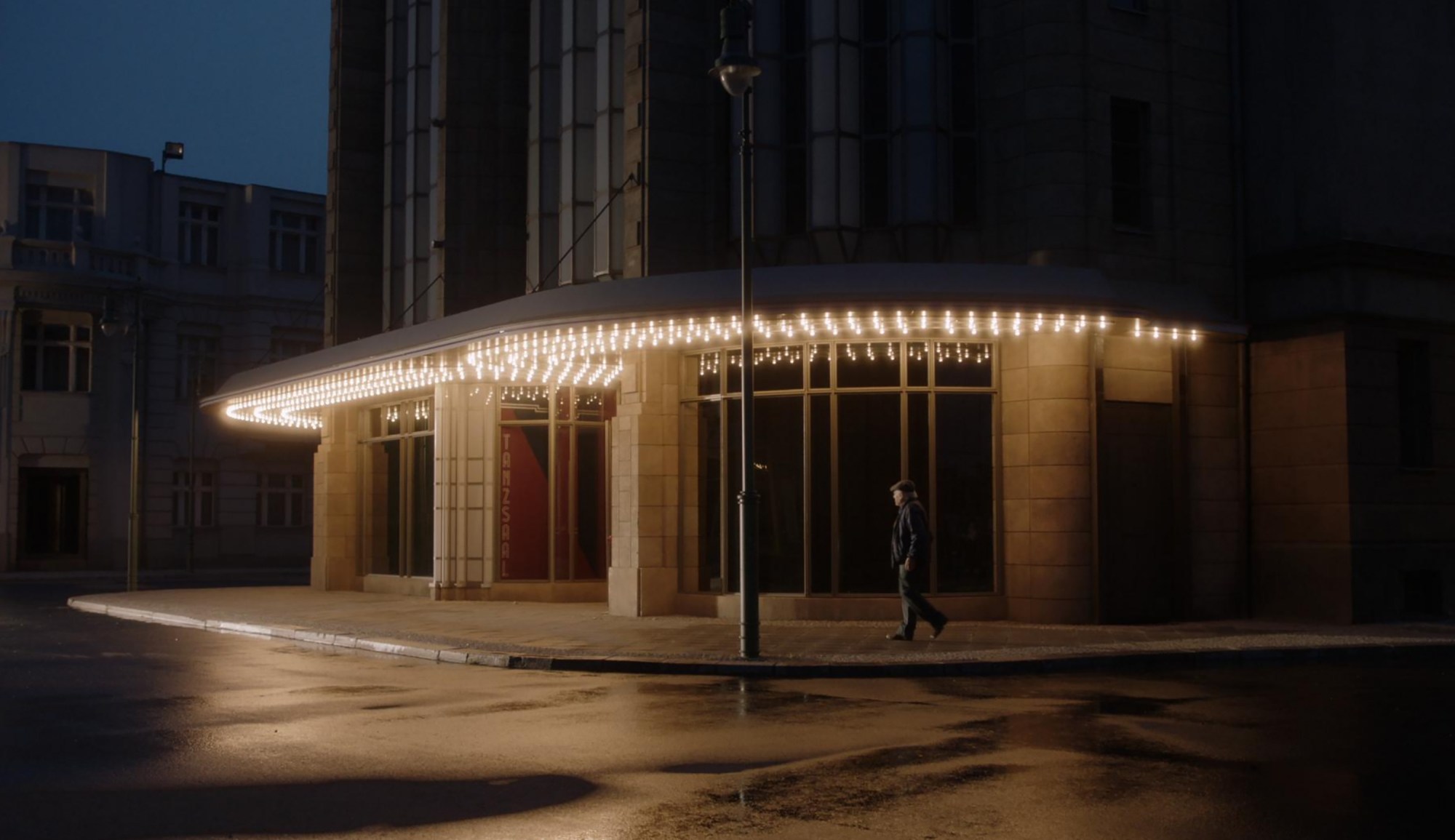
- Industry
Docs: “The Wild One” Tells Story of Luck and Chance’s Role in Art
He only helmed two feature films in his lifetime, but for those in the know, Jack Garfein remains a venerated and influential figure in the entertainment community, a teacher whose impact was seen in foundational shifts in screen performance and storytelling.
Director Tessa Louise-Salomé’s artful new documentary The Wild One, which recently enjoyed its world premiere at the Tribeca Film Festival, lovingly illuminates this loquacious but still somewhat enigmatic artist, a celebrated Broadway director perhaps best known as the co-founder of Actors Studio West. Narrated by Willem Dafoe, the movie shines a light on Garfein’s personal story, his professional accomplishments, and, in glancing fashion, what might have been had things been different.
Garfein arrived in New York City as a teenager in 1946 and scored a scholarship to the New School for Social Research. There, he studied under Erwin Piscator, was awarded membership in the Actors Studio, and cast a young James Dean (a classmate of his eventual wife Carroll Baker) in 1953’s End as a Man, the group’s first-ever play to move to Broadway.
A contemporary and close friend of Elia Kazan and Marilyn Monroe, Garfein made his film debut with 1957’s The Strange One, giving Ben Gazzara his first starring movie role. An adaptation of the play (and novel) by Calder Willingham, Garfein’s movie was ambitious and dark, telling a story centered around brutal hazing and gamesmanship at a Southern military college. Garfein clashed with producer Sam Spiegel during shooting, banning him from the set but earning a powerful enemy in the process. The movie was censored prior to its release by the Motion Picture Production Code for “general homosexual overtones” as well as “suggestive sequences which tend to arouse disrespect for lawful authority.”
Garfein’s entire family was killed during the Holocaust, and The Wild One examines how his experiences both in concentration camps and as a refugee shaped his view of acting and art, including a break with Lee Strasberg. Certainly, it stands to reason that surviving a tragedy of this magnitude informed Garfein’s rigorously centered preoccupation with themes of violence, power, abuse, and even institutional racism in postwar America — decidedly noncommercial instincts present both in The Strange One and his only other cinematic effort, 1961’s searing psychological drama Something Wild, starring Baker and Ralph Meeker.
Paris-based Louise-Salomé, whose films include 2014s Mr. Leos caraX, has a portfolio that is very invested in exploring the creative universes and inspirations of various other artists, and she typically foregrounds visually poetic approaches in her work, overlaying images and sound. Working here with cinematographer Boris Levy, she delivers an evocative effort that is truly a film of its own, with its own aesthetic. There are several “talking-head” chats (Peter Bogdanovich, Geoffrey Horne, Patricia Bosworth, and Irene Jacob among them), but they are all framed and interwoven like a tapestry.
The main interview subject in The Wild One, though, is Garfein, and the film doesn’t shortchange its subject’s biography. His recollections, for example, of encountering Josef Mengele or his last interaction with his mother as she tries to potentially create a scene that will contribute to his safety, are utterly gripping, understandably among the movie’s most emotional moments.
Still, the movie’s editing, overseen by Simon Le Berre, often struggles to locate and accommodate natural pivot points within the pleasant haze of Louise-Salomé’s more esoteric aims. This makes many transitions, like the one from a segment about Garfein’s complicated relationship with Strasberg to a story about his border-trek escape from war and competition with his sister, quite jarring. In this regard, Brian McKenna’s hour-long documentary A Journey Back, which chronicles Garfein as he returns to his childhood home and visits Auschwitz, might be a better viewing option for those more interested solely in Garfein’s personal story.
In its own valuable way, The Wild One explores how art can draw on personal memory to better enlighten our present and underscores the importance of that — especially in trying fractious times. Hardcore cineastes will appreciate the platform and uplift the documentary provides the overlooked Garfein, even if general audiences may find its points of entry a bit overgrown.

